Hello! Click on one of our members below to chat on Whatsapp
Iquitos, the famous gateway to the Peruvian Amazon Jungle. Located in the Peruvian Jungle close to the borders of Colombia and Brazil, also known as the “Capital of the Peruvian Amazon”. What makes this side of the Amazon unique, is the fact that it is occupied by only 5% of the population, even though it makes up two-thirds of the total land area of the country. Peru has the second-largest portion of the Amazon Rainforest after Brazil and is considered the most bio-diverse country on the planet earth.
The name Iquitos roughly means “crowds separated by the waters.” It´s the biggest city in the Amazon region with a population of just under half a million. There are a number of indigenous tribes that call this area home, like the Aguaruna, Cocama-Cocamilla and Urarina. These tribes live in relative isolation from the rest of the world and live according to their ancient customs and traditions. They eat food that nature provides and use herbs from nature to cure ailments. The city is also pretty isolated and is only accessible by boat or plane. Historically it was inhabited by the jungle tribes of Yameos and Iquitos before the Spanish invasion forced other people from different parts of the country to flee here. The town is surounded by the Amazon, Nanay and Itaya river, as well as the Moronacocha Lake.
Below is our Iquitos travel guide with information on all the best things to do, places to go and what not to miss.
The historic centre of Iquitos contains several historical building: Iquitos Cathedral, the Iron House, the Old Palace Hotel, the Cohen House, the Morey House and more than 70 other buildings. Other known landmarks are the Plaza de Armas, Jiron Prospero – an avenue with several commercial and historical sites – and of course the lively neighborhood of Belen, often nicknamed as the “Amazon Venice.” The city is also home to the Amazon Library, one of the two most important in Latin America. There are so many great things to do in Iquitos, such as visiting the Quistococha National Park and the amazing Pacaya Samiria Natural Reserve.
The Bora are indigenous people who live in the deep jungle. You can go to their visitor area by boat, it takes between 45 minutes and 1 hour to get there. The Bora on the Peruvian side were forcibly transferred by rubber trappers from Columbia. The men typically hunt and make hammocks. Whilst the women practice pottery, sow and harvest chakra. Their native language is also named Bora. You will see them with their traditional clothing, they will show you some of their dances and their handmade work.
An entertainment complex located in the southern region of Iquitos city, the only tourist park of the Department of Loreto, and is officially considered a “National Tourist Park” within the System of National Tourist Reserves Peru. Here you’ll find a zoo, an aquarium, an artificial beach, a museum, and of course a restaurant and childrens’ park. People like to swim in the lake, as it has an amazing view of the jungle, and you can also rent boats.
This is the first rescue center that was established in the Iquitos area. It primarily focuses on the rehabilitation of the vulnerable manatees. The specimen suffers from thousands of deaths every year because of illegal hunting and trafficking. The center also rescues turtles , sloths, anteaters and alligator birds. In additional to their conservation efforts, they also run a successful conservation education program. They have thus far reduced manatee trafficking in Iquitos to close to zero.
The shantytown – dating back to the early 20th century – a major tourist hub in Iquitos. The name comes from its conventional architecture, mainly composed of floating houses, built on balsa wood rafts, and recently more constructions have been made using wooden blocks. Some buildings have two stories, and during flood season only the upper level is used. The locals use small wooden boats to travel around on the Itaya River.
We highly recommend going with a guide to this neighborhood, do not wear expensive flashy clothes and jewelry and leave your valuables in your hotel. So, Belen is unfortunately a neighborhood where many families live in extreme poverty and lack basic amenities like drinking water and electricity. Your visit generates some welcomed income to this low-income community.
Their market is a must visit. They have over 150 native communities that come to the market to sell their products. The market has been described by many as a spectacle. Some of the products on the shelves are pretty unusual, and the vendors have a very unique way of attracting patrons. The inventory is impressive, with over 390 different pantry items. The selection includes 53 different types of vegetables, 89 types of fruits, 22 grains, 12 tubers and roots, 8 spices and 56 kinds of fish including crocodiles and water snakes.
Pacaya Ssamiria is the largest National Reserve in Peru. This protected area is the second largest protected area in the country and the fourth protected area in all of South America. It’s also the largest protected area of the flooded Amazon (known as a floodplain ecosystem) in South America. Here you will see a big variety of flora and many animals in their natural environment. You can do a tour of the Amazon River, go dolphin and caiman watching, and even visit a native tribe!
The gastronomy of Iquitos is varied and has been influenced by other food cultures. They generally use a lot of fresh local ingredients in their cooking. The most popular dishes are Juane, Tacacho with Cecina, grilled Paiche (local fish), Majas (native pork) and Chonta salad. There is a wide range of exotic fruits, such as aguaje, zapote, tumbo, and also camu camu – which has the highest rate of vitamin C in the world. Below are some of the most popular places in town.
Take a boat to the best fine dining floating restaurant in Iquitos. They offer a free boat service to the restaurant that leaves from Avenida La Marina. It is pricy, but the food is succulent and well worth it.
They offer a wide selection of foods. You can can choose from Mexican, Mediterranean, Asian and Peruvian food prepared with their own interesting twists. A great option for vegetarians, vegans and people with a gluten allergy. You are spoilt for choice when it comes to healthy food at a reasonable price.
Currently at #1 for best restaurants in Iquitos on TripAdvisor. This restaurant has it all, great food, atmosphere, music and drinks. Not forgetting the enchanting views of the sunset and the river Nanay. Try their most popular drink, the local Camu Camu. Their menu includes Amazonian plates, ceviche’s, chicharrones and fresh fish dishes.
A great spot to just sit and relax. They are known for their great coffee and Wi-Fi. Also available is some welcomed air conditioning in the blistering Amazonian heat on both floors. Its truly a great spot to catch up on work or plan your next trip.
Finally, a humble establishment, with simple but well prepared dishes. The service is decent and the prices are very reasonable. The atmosphere is relaxed and the food is primarily Peruvian classics. Its typically visited by both locals and tourists. Its nothing fancy, but it will fill your belly.
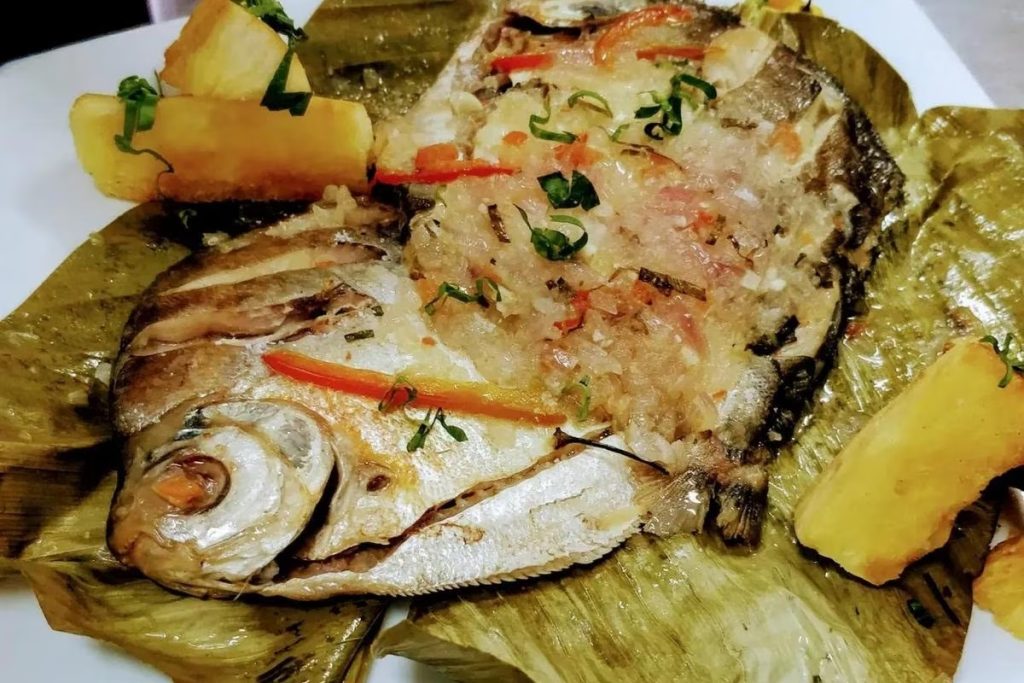
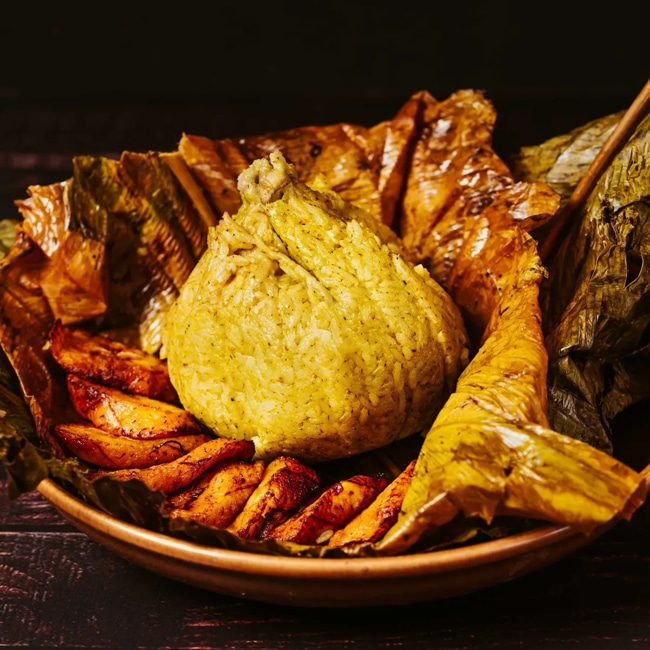
Locals love to party. The most popular clubs are Noa Discotheque (Jiron Fitzcarrald 298) and Saquara Discotheque (Napo 338). There are also some bars around the boulevard where you can go for some drinks while you’re enjoying the beautiful view of the Amazon River before going to a club. The Musmuqui (Antonio Raimondi 382) is a traditional bar where you can try drinks with Amazonian liquors.
We get asked a lot when is the best time to visit Iquitos and honestly, there really is never a bad time to visit. It really depends on your personal preferences and what you’d like to see. Each season has its own advantages.
The dry season is never really dry, as it still rains several times a week, but the rains tend to be short and intense (less than an hour). The wet season on the other hand has a lot more rain, but you can discover more of the deep jungle creeks and you’ll also have more luck fishing.
There are two things you are guaranteed of in Iquitos. Firstly, the humidity never lets up, it´s always between 80% and 100% all year round. Secondly, it rains throughout the year, there is really no distinguishable dry season. The only difference is how intense the rain gets at certain times of the year.
However, as climate change has become more extreme it keeps getting more difficult to really predict the seasons. In the end, you’ll visit pure nature and remember that nature is full of adventures. So be prepared for all kinds of weather! And trust us, your jungle experience will be unique, no matter when you visit, as you’ve never seen anything like this before.
The only ways in and out of Iquitos are by plane and by boat.
If you are coming from Peru by plane, you have to take a flight from Lima, it’s 1.5 hours. Before you land in the city you can get an amazing sneak peek of the Amazon River.
If you are coming from Peru by boat, the boat departs from Pucallpa, and it takes 4 days to arrive to Iquitos. It’s not the most comfortable way to travel but you will have beautiful views of the jungle during this trip.
If you are coming from Colombia, the closest city to Peru is Leticia. To get to Iquitos you can go…
Plane: it’s a 1 hour flight in a small plane.
Speedboat: it takes around 10 hours in a small boat.
Sail boat: it takes 3 days to arrive to Iquitos.
Most guesthouses/hostels are located in the centre of the city, around the Plaza de Armas. It’s not difficult or expensive to get around: a mototaxi (tuk tuk) normally costs less than $1 a ride.
Keep exploring our site for more tours and treks to Machu Picchu!

Comfortable lodging near the ruins of Ollantaytambo, in the Sacred Valley of the Incas
Learn More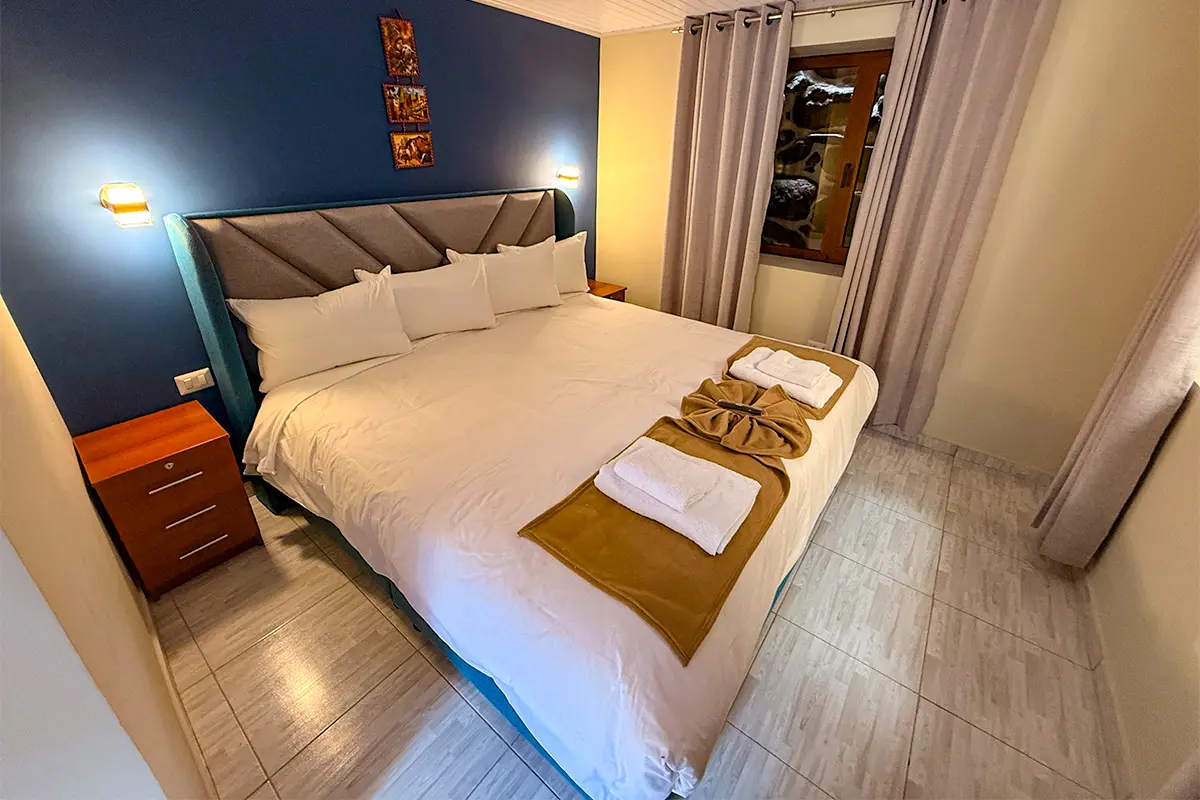
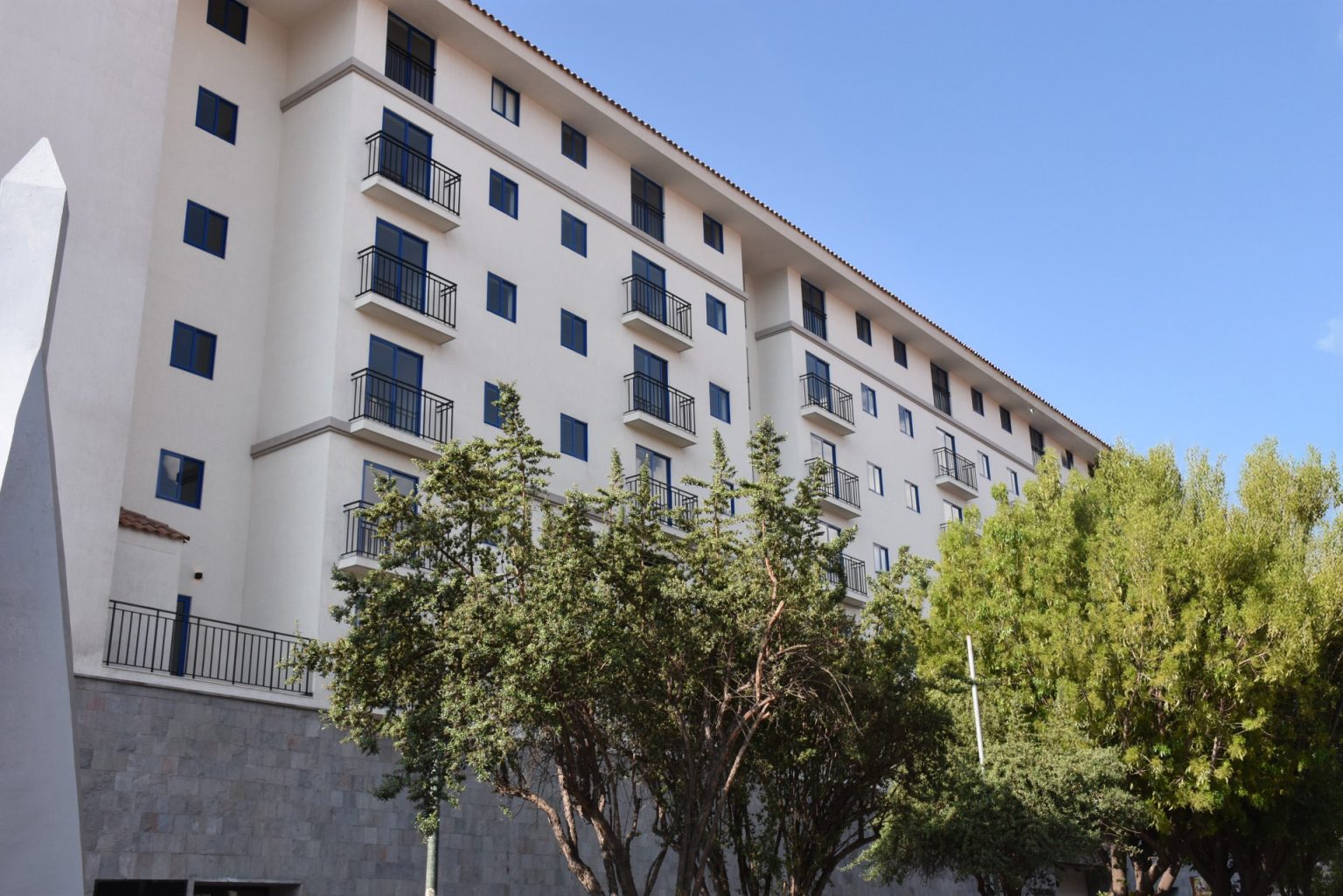
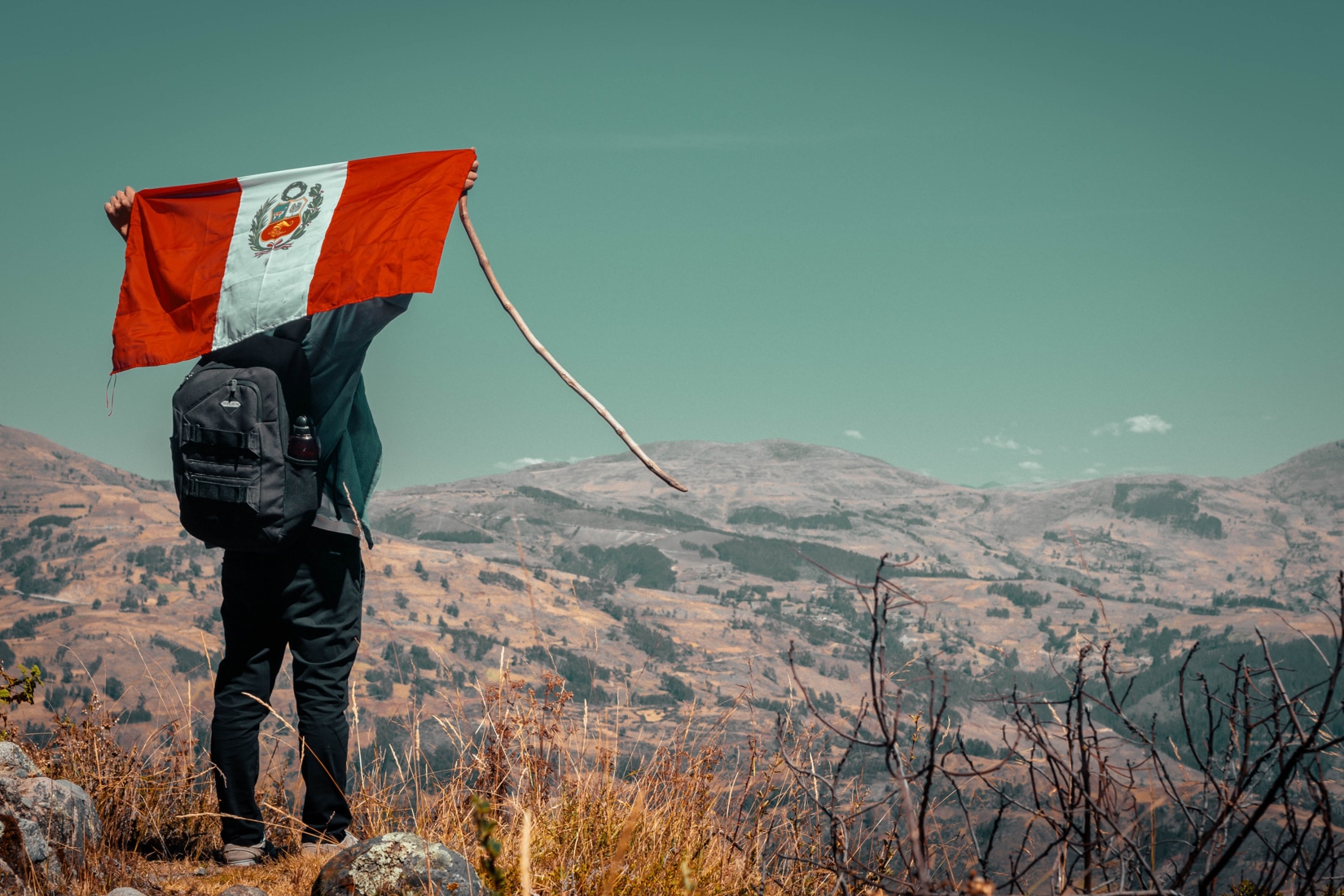
Travelling with children or teens in Peru is a different experience than travelling solo or as a couple; extra planning is required. This article will give you what you need to know to organize an unforgettable family trip to Peru. Peru is an excellent destination for children of all ages, all guaranteed to have a […]
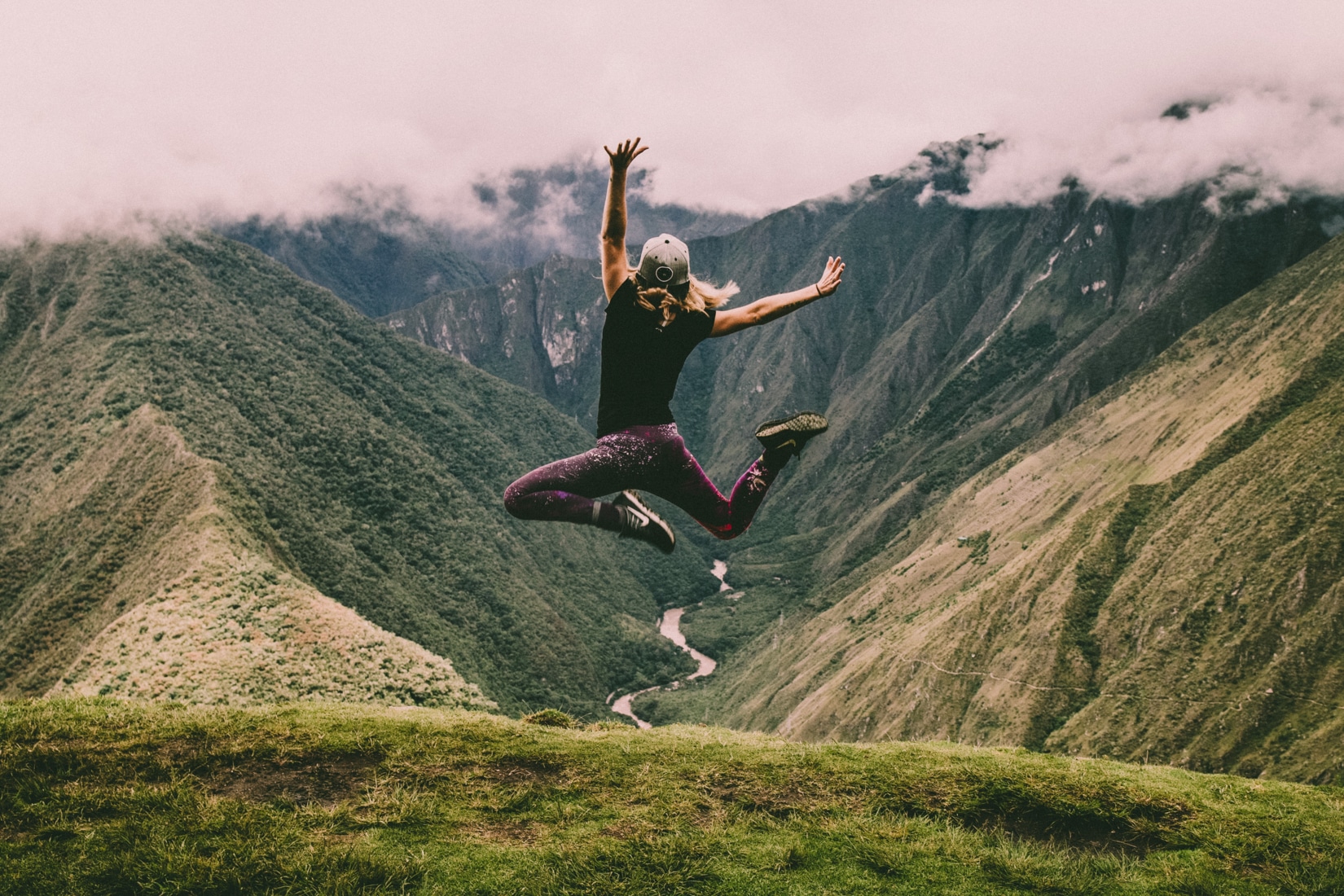
The Inca Jungle Trek to Machu Picchu is the perfect adventure trek for the thrill seekers among you. Start your adventure with downhill mountain biking, which leads to a lookout point with breath taking views of the Andean landscape. After, enjoy an exhilarating experience white water rafting down the Urubamba river. If that wasnt enough, […]
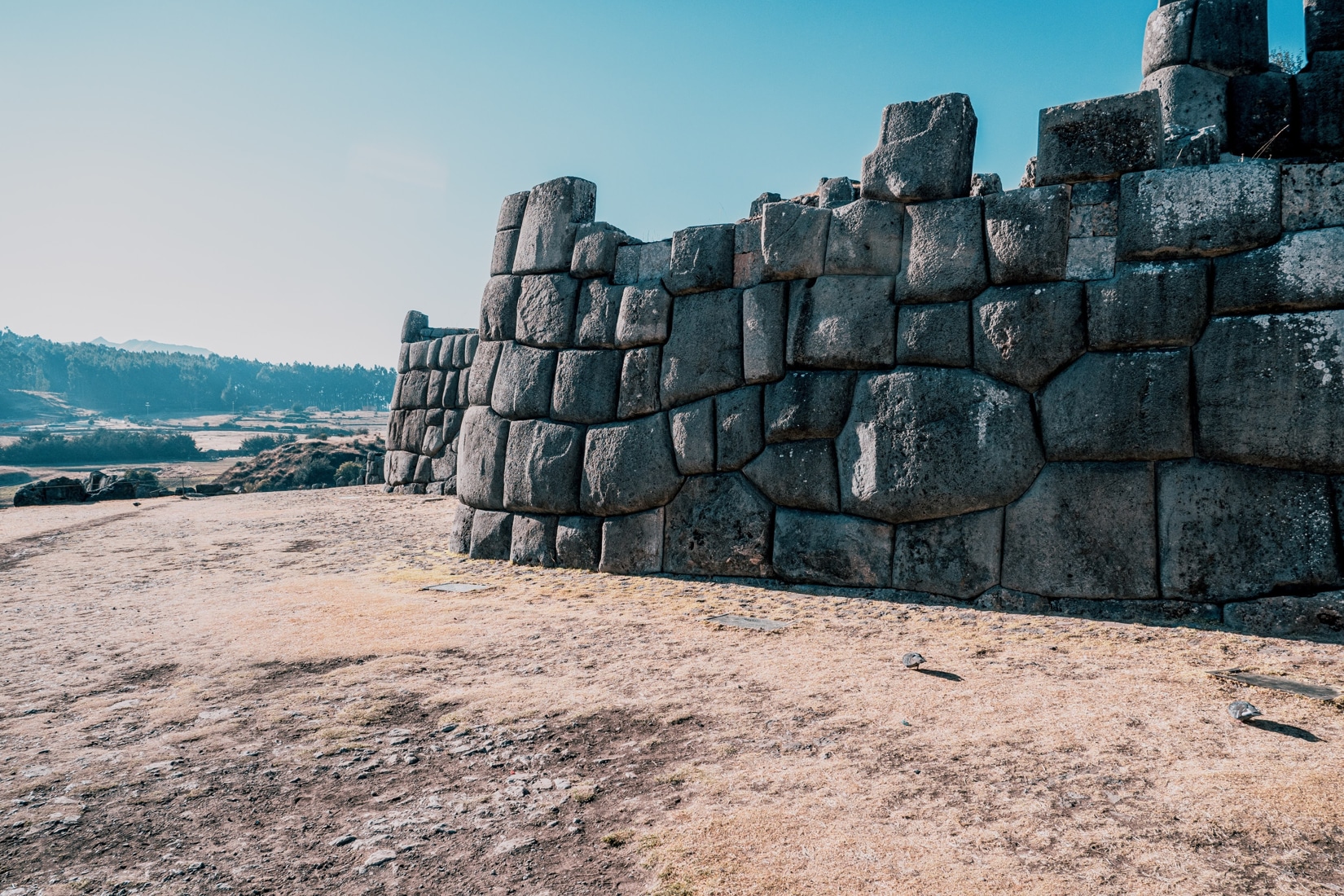
Sacsayhuamán is one of the most imposing and mysterious structures in the world. It contains 3 layers of zigzag walls made from megalithic stone. Just above Cusco you will find the enigmatic structure of Sacsayhuaman. Historians and archeologists believe that it was constructed around the 15th century during the reign of the most successful Inca […]
Trip to Rainbow mountain. First to the mountain thanks to Yair’s expert driving and special thanks to Cristian for being my guide. Highly recommend!
Our group of 8 did the 3-day Inca trail tour. From the very beginning Ray demonstrated his knowledge by answering all our questions thoroughly. Trekking the Inca trail was the hardest thing I’ve ever had to do in my life. I can say for certain that I would not have finished the trail, if not for Ray. I am not active at all, and hiking up and down a mountain, for 7 hours, seemed impossible. Within the first 10 minutes I was ready to be done. That sentiment was shared within most of my group.
Our tour guide Ray was excellent and very helpful. And we did the short inks trail to machupicchu thanks for the experience
Ray was absolutely amazing 😎 would definitely recommend him to anyone that wants to travel to Machu Picchu !!! Best experience of my life and off my bucket list🙏🏾
Vinimos desde Choquequirao para visitar Machu Picchu e incluso después de todos los momentos inolvidables del trekking con Jhony como nuestro guía Machu Picchu fue realmente memorable. Tener boletos para la entrada de las 6 a.m. fue fantástico, ya que nos permitió explorar con menos multitudes y presenciar la niebla que se elevaba sobre las ruinas.
Éramos un grupo de tres que decidimos realizar un recorrido de un día por el Valle Sagrado de Orange Nations, contemplando Ollyantaytambo y terminando en Cusco. La mejor decisión que tomamos fue que fuimos recibidos por nuestro increíble guía Miguel justo a tiempo, quien nos llevó a este increíble día lleno de diversión, risas y con un gran conocimiento sobre el área.
Gracias Jhony y Grober por sus recorridos entusiastas y conocedores. Definitivamente ambos guías turísticos del siguiente nivel con una compañía del siguiente nivel. Hicimos la caminata Laures y Machupichu con Sam Travels / Orange Nation y lo recomendamos encarecidamente :)
¡Los mejores guías turísticos del Perú para el sendero Machu Picchu! Nuestros guías turísticos Johny y David brindaron un servicio de la más alta calidad en mi experiencia viajando por Perú. Johnny enriqueció toda nuestra experiencia con humor, un conocimiento increíblemente detallado de la historia y cultura peruana, así como su entusiasmo y amabilidad. Durante los 2 días,
This was my first time in Peru and I wanted to do something bigger and better than Machu Picchu. I was searching online and came across Orange Nation's "Choquequirao Trek to Machu Picchu" , which is three times larger than Machu Picchu. Since Peru is known for a Machu Picchu
My girl and i did the Machu Pichu trek tour with Orange Nation. It was seriously the most amazing experience that we'll never forget. Gorgeous views! The long trek was worth the amazing view. The tour guide was friendly and very knowledgeable.
Wow, what a wonderful trekking experience! My trip to Peru was amazing thanks to this awesome tour that i took with Orange Nation. I did multiple tours with this company. I'm a solo traveler and everyone in my group was always still friendly and did not make me feel left out.
Excelente Anghely una nueva oportunidades de trabajo me siento feliz por estos logros